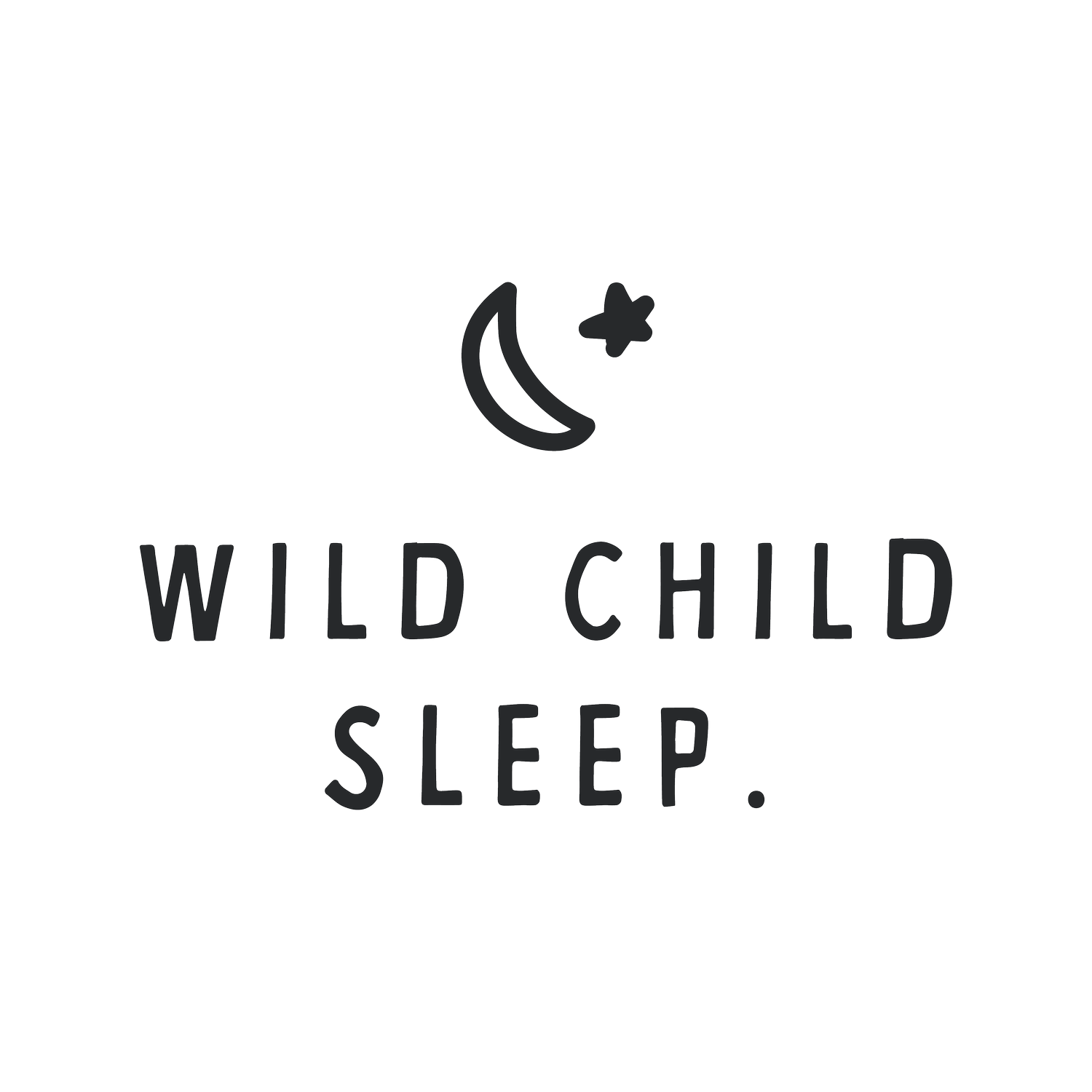Is It a Sleep Regression or Something More?
The most common time parents reach out to me is during the 4-6 month sleep regression. They come to me feeling anxious, worried, overwhelmed, and exhausted. They need help now.
Sleep Regressions, or Progressions as I prefer to call them, are marked by a stage when a baby’s sleep becomes disrupted. Sleep Progressions are common between 4-6 months and again between 8-12 months, but can happen anytime depending on the individual baby.
When I work with families whose baby is experiencing sleep progressions, the first thing we do is investigate whether they are experiencing a typical sleep progression or if there is something more going on that may impact sleep. In this blog I’ll walk you through the difference between normal sleep progressions and sleep red flags.
Knowing the difference between normal sleep changes and potential health concerns will help you decide what you can realistically do to improve sleep.
Understanding Sleep Progressions
For babies, sleep progressions are marked by periods of massive brain and physical development. These huge changes are often exciting for parents to witness, but they can cause disruptions in sleep. Maybe that’s because it’s both exciting and stressful (helloooo cortisol!) for babies.
Further, once the baby is beyond the newborn stage they’ve “woken up” to the world a bit more. They begin to notice who is holding them and who is gone. Without an understanding of object permanence they know when their caregiver isn’t nearby and they don’t yet have the capability to understand that their caregiver will come back.
Here are the signs of a typical sleep progression:
Fighting naps and bedtime
Increased night waking
Changes in nap routines, you may begin to wonder if they’re ready to drop a nap
Increased fussiness or crying
Changes in sleep duration, most likely shorter sleep durations
When It’s More Than a Sleep Progression
You might notice all or some of the signs listed above at any point during a sleep progression. Those are all so normal! But, you’ll also want to keep an eye out for additional signs that may indicate a health concern.
Red flags that indicate deeper problem:
Thrashing around during sleep
Mouth breathing
Poor latch
Blood or mucous in stools
Eczema or rash
Head turned to the side
Excessive gas or abdominal discomfort
Hourly or more waking
Reflux
These signs may indicate a deeper health concern that is impacting sleep:
Iron deficiency
Tongue or lip tie
Food allergies
Airway concerns
Torticulus
Seeking Professional Help
If your baby is experiencing any of these symptoms, bring them to the attention of your pediatrician. Depending on your insurance situation you may be able to go straight to a specialist. The following is a list of specialists that can help to diagnose or rule out specific issues. Red flags, such as eczema, might need to be addressed by more than one specialist. Each situation is unique, know that YOU are the expert on your baby and if you feel that something isn’t right, keep advocating.
If you aren’t sure where to start, a consultation with a sleep specialist is great starting point. We can help you create a clear plan to address your concerns.
<< click here to book your personalized sleep consultation today >>
Whether you go to your pediatrician or a sleep specialist, you’ll want to have a few things on hand to share with them. A detailed sleep history, including a three day sleep log. Description of physical symptoms. Referrals for further testing or specialist visits.
Tips for Supporting Healthy Sleep
To support your baby’s sleep, you’ll want to consider connection, rhythms and routines, sleep environment, temperament, and stimulation.
Rhythms and routines are more important than strict schedules. Here’s an example of a bedtime routine that works for some families and incorporates the elements listed above.
Dim lighting and turn off screens
Lukewarm bath (if it's not overstimulating for baby)
Put on a clean, dry diaper (leave baby in just a diaper as long as possible)
Rough and tumble play
Put on sleep sack or pajamas
Calming activity
Begin sleep associations (feed to sleep if it works for you!)
During the day, you’ll want to provide plenty of stimulating activities for your baby. This doesn’t have to be anything fancy or expensive. In fact, some of the best sensory experiences involve going outside into nature. Play in the grass, go for a walk with baby in the carrier, play in the water, touch the rocks, leaves, flowers, mud, snow, whatever is available to you. Baby play groups or parent connection circles are also great opportunities for parents to find community while providing a stimulating environment for baby.
Conclusion
In conclusion, navigating a baby's sleep changes can be a challenging and often anxiety-inducing experience for parents. While sleep progressions are a normal part of development, it's crucial to distinguish them from potential underlying health concerns. By understanding the typical signs of a sleep progression and recognizing the red flags that warrant professional attention, you can empower yourself to make informed decisions about your baby's well-being.
Remember, you are your baby's best advocate.
Trust your instincts and don't hesitate to seek guidance from healthcare professionals, whether it's your pediatrician or a sleep specialist. Prioritizing healthy sleep habits, fostering a nurturing environment, and providing stimulating experiences during the day will contribute to your baby's overall development and well-being.
If you find that you need help taking that first step, then book your sleep consultation today. We’ll work together to create a comprehensive sleep plan, including a plan to address any underlying health concerns that may be impacting sleep.
Ready to book? Click here!






